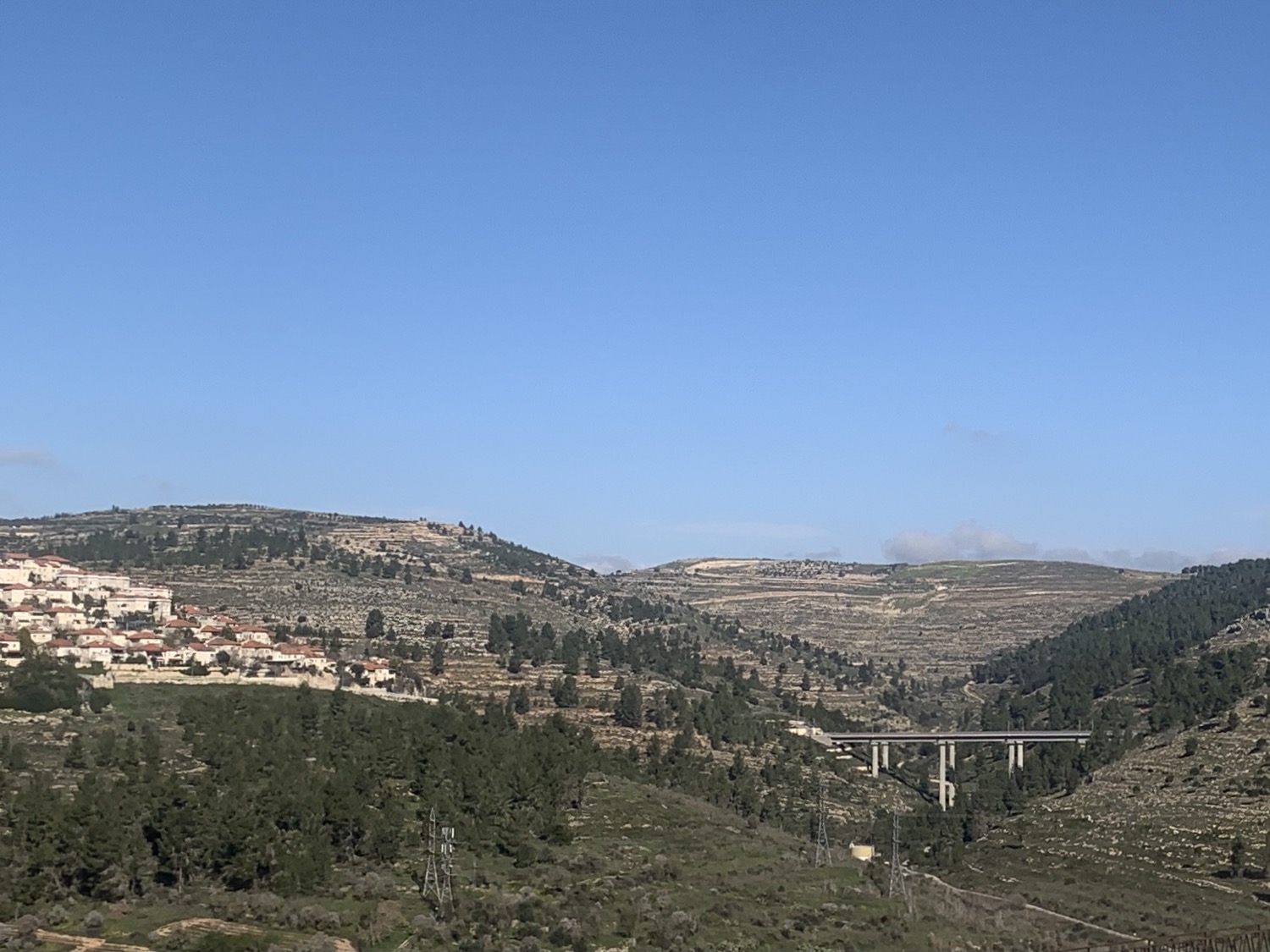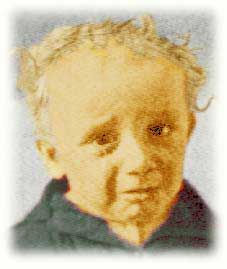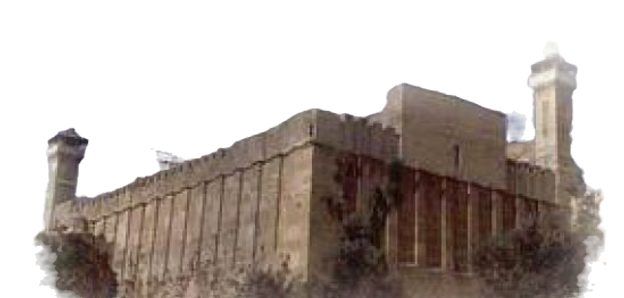1929 pogrom in Hebron
- צבי הורביץ

- May 30, 2023
- 4 min read
The 1945 riots, in which dozens of Jews were murdered, was one of the most serious events in the history of the Jewish settlement in Israel before the establishment of the state.
Throughout the generations, the Jews of Hebron knew ups and downs in their relations with the Arabs, and precisely the years preceding the riots were characterized by relative calm and prosperity.
When disturbances began in the land, the Jews of Hebron refused to believe that their neighbors would dare to touch them badly. From this it will be understood why when the "Hagana" fighter squad arrived on the eve of disturbances and offered its help, the community's parents asked them to leave the place, "so as not to stir up the spirits". When the massacre began, the next day, the Jews were left completely defenseless.
Disturbances began on Friday, the 17th of Av, in the afternoon hours. Incendiary speeches were made in the mosques, and crowds of rioters began to flow towards the houses of the Jews, and attack with stones and clubs every Jew who came across their path, including the elderly Rabbi Salonim, who was on his way to the British governor to call for help.
The attitude of the British police was hostile and shameful and the Jews were practically not granted any protection. The commander of the British police, Major Capirata, even behaved rudely towards the delegation of Jewish community leaders who asked for his help. He strictly ordered them to shut themselves in their houses and not to leave them. This sealed their fate, as their homes became a death trap in the face of hordes of Arab murderers who pounced on them and killed them in a fit of rage.
The first victim, Shmuel Rosenholtz, was a yeshiva student, who was murdered on Friday afternoon. The next day, Shabbat, 18 Bav 1559, the terrible massacre took place. Thousands of Arabs from the city and the nearby villages, armed with knives, axes, and whatever else was nearby, began to attack the Jewish homes.
The rioters spared no one. They broke into the house of an old rabbi, Hacham Yosef Kastil (Kastel), brutally killed him and burned the house. Rabbi Hanoch Hasson, the rabbi of the Sephardic community, was murdered with his entire family. Ben Zion Gershon, the pharmacist at the "Beit Hadassah" clinic, which provided a lot of help to patients - Jews and Arabs, was killed by torture, along with his daughters. His wife's hands were cut off, and she died in agony.
Hundreds of rioters stormed the house of Eliezer Dan Salonim, who was the director of the APAK Bank and a member of the city council. Many Jews fled to his house in the hope of finding shelter, but in vain. The rioters broke into the house, attacked its occupants and slaughtered them mercilessly, while cutting, tearing, stabbing And they torture every Jew that comes their way. Eliezer Dan Salonim's family, his wife, his son, his father-in-law - Rabbi Orlansky, rabbi of Zichron Ya'akov, and his wife were massacred.
Only his little son, one-year-old Shlomo, was left alive: wounded and soaked in blood, he lay under the corpses of his family members, and thus was saved.
The massacre continued from house to house, amid cries, cries and pleas of the Jews to their Arab informants. These were usually answered with cries of "I will kill a Jew!" and brandishing a knife. Only a few of them defended their Jewish neighbors and photography. The rest, including Arabs who were family members of the Jews, tortured and killed mercilessly, old women and children.
After several hours of bloody riots, in which the British police stood by without doing anything, shots were heard in the air. One of the British police officers who watched indifferently as two Jewish brothers were murdered near the place where he was riding his horse, feared that he too was about to be attacked. He called his friends and they shot in the air. The rioters began to flee and the disturbances stopped at once.
The remains of the Jews began to come out of their hiding places, and witnessed the dimensions of the disaster. They were ordered by the British to gather at the British police building in Beit Romano, where the wounded were also brought, but it was almost impossible to provide them with medical treatment, after the clinic in "Beit Hadassah" was completely destroyed.
That day 59 Jews were massacred and another eight died of their wounds later.
The British allowed an expedited funeral for the dead, with only a number of Jews allowed to join in and say "Kaddish".
Another grave was dug for the parts of the amputated organs, as well as for the blood-soaked clothes and objects taken out in Hebron.
The Jews were put on trucks bound for Jerusalem. All their property and houses fell prey to the Arabs. Thus came the end of the oldest Jewish community in Israel.
("From Jerusalem to Hebron", Noam Arnon)


